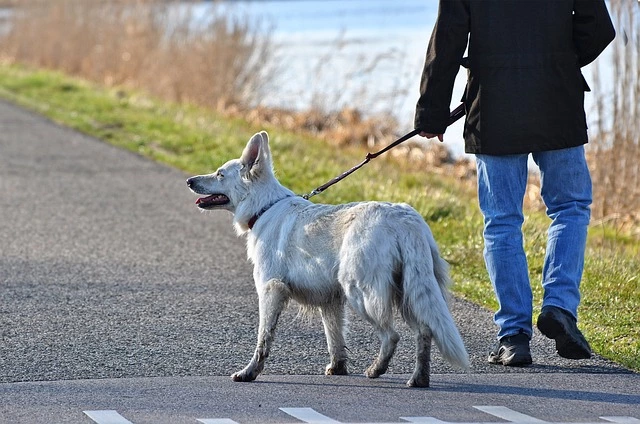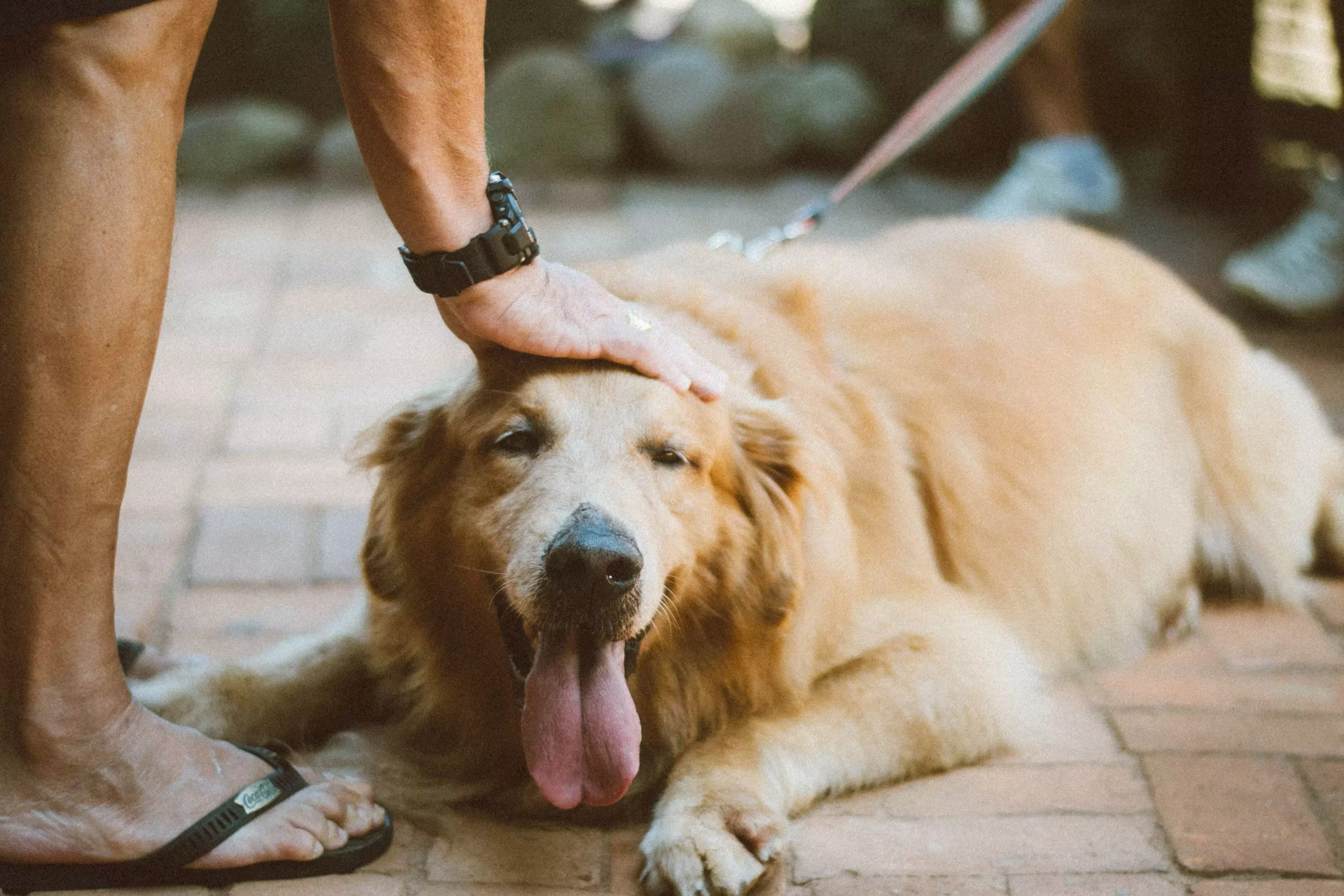*Unlocking the Potential of Deaf Dogs through Effective Training*
Training a deaf dog can be a unique and rewarding experience for both the owner and the pup. While it may require some adjustments and specific techniques, it is entirely possible to successfully train a deaf dog to be well-behaved and obedient. In this article, we will explore tips, techniques, and frequently asked questions related to training deaf dogs, empowering you to embark on a successful training journey.
Understanding Deaf Dogs: Communication and Challenges
Deaf dogs rely on visual cues, body language, and vibrations to communicate and understand their surroundings. Unlike hearing dogs, they cannot respond to verbal commands or whistle signals. Understanding these differences is crucial for effective training. Here are some key points to consider:
1. Visual Cues: Utilize hand signals and visual cues to communicate with your deaf dog. Clear and consistent signals are essential for effective training.
2. Body Language: Pay close attention to your body language, as dogs are highly perceptive. Use facial expressions and body movements to convey your intentions and emotions.
3. Vibrations: Incorporate vibrations into your training routine. Dogs are sensitive to vibrations and can be trained to respond to them, such as stomping your foot to get their attention.
4. Positive Reinforcement: Using treats, praise, and rewards is a universal training method. Deaf dogs respond well to positive reinforcement, reinforcing desired behaviors and building trust.
Training Techniques for Deaf Dogs: Tailored Approaches for Success
Training a deaf dog requires a customized approach that caters to their unique needs. Here are effective techniques to consider when embarking on your training journey:
1. Visual Signals: Develop a set of visual signals to replace verbal commands. Teach your dog to associate specific hand signals with desired behaviors, such as a thumbs up for “sit” or an open palm for “stay.”
2. Flashlight Training: Utilize a flashlight as a visual cue during nighttime or low-light training sessions. By shining the flashlight on yourself or a specific area, you can direct your dog’s attention and communicate effectively.
3. Tactile Signaling: Incorporate tactile signals into your training routine. Gently tapping your dog’s shoulder or using a vibrating collar can serve as cues for various commands.
4. Sign Language: Consider introducing basic sign language commands to your dog using American Sign Language (ASL) or creating your own signs. This can enhance communication and understanding between you and your deaf dog.
5. Visual Aids: Implement visual aids, such as large cue cards or posters displaying hand signals, to provide clear and consistent guidance during training sessions.
Frequently Asked Questions (FAQs)
Q1: Can deaf dogs be trained as effectively as hearing dogs?
Yes, deaf dogs can be trained just as effectively as hearing dogs. With the right techniques, consistency, and patience, deaf dogs can learn and respond to commands, resulting in well-behaved and obedient companions.
Q2: How long does it take to train a deaf dog?
The training duration may vary depending on the individual dog’s temperament, age, and previous training experience. Consistency and repetition are vital, so it may take several weeks or even months to fully train a deaf dog.
Q3: Is professional training necessary for deaf dogs?
While professional training can be beneficial, it is not always necessary. With proper research, understanding, and dedication, owners can successfully train their deaf dogs at home. However, if you feel overwhelmed or need additional guidance, consulting a professional dog trainer specializing in deaf dogs can be advantageous.
Q4: Can deaf dogs participate in agility or obedience competitions?
Absolutely! Deaf dogs can participate in various dog sports, including agility and obedience competitions. By utilizing visual cues and consistent training methods, deaf dogs can excel and compete alongside their hearing counterparts.
Q5: Are there any specific challenges when training deaf dogs?
Training a deaf dog does present some unique challenges, mainly related to communication. However, with adaptability, patience, and the right techniques, these challenges can be overcome, resulting in a well-trained and happy deaf dog.
Training a deaf dog requires a compassionate and understanding approach. By embracing visual cues, positive reinforcement, and tailored training techniques, you can unlock the potential of your deaf dog and build a strong bond based on trust and effective communication. Remember, patience and consistency are key to achieving training success with your deaf canine companion.









